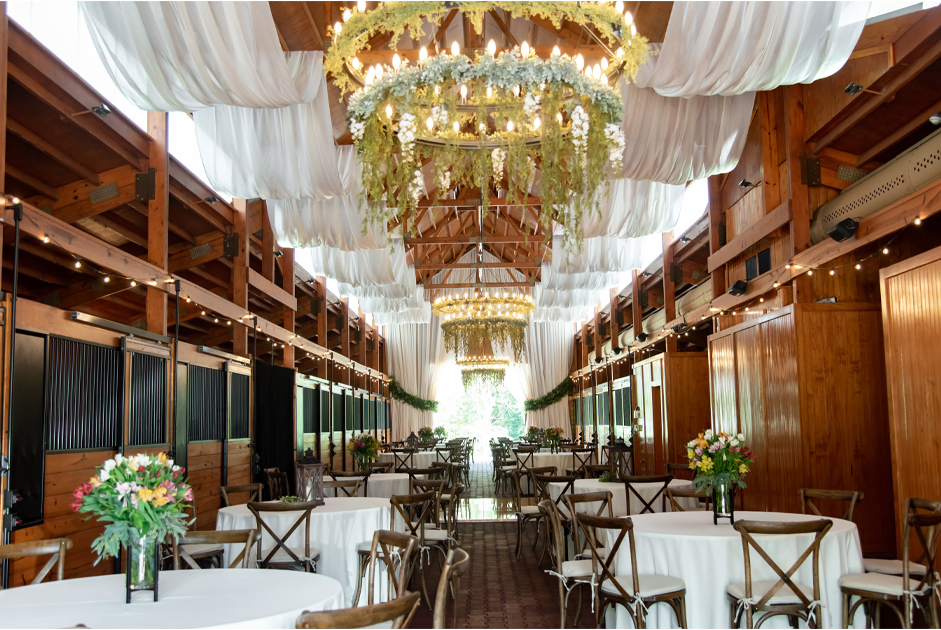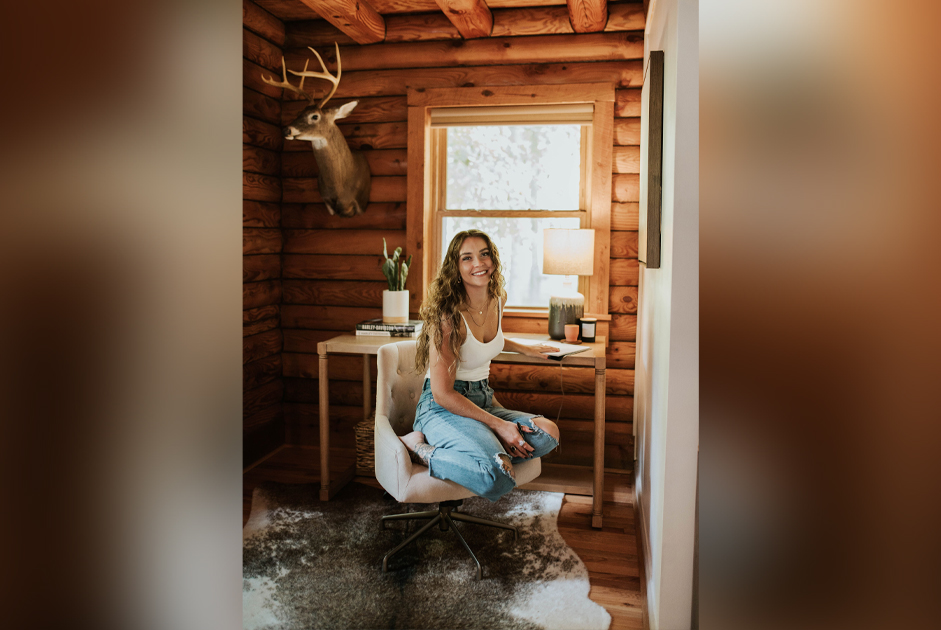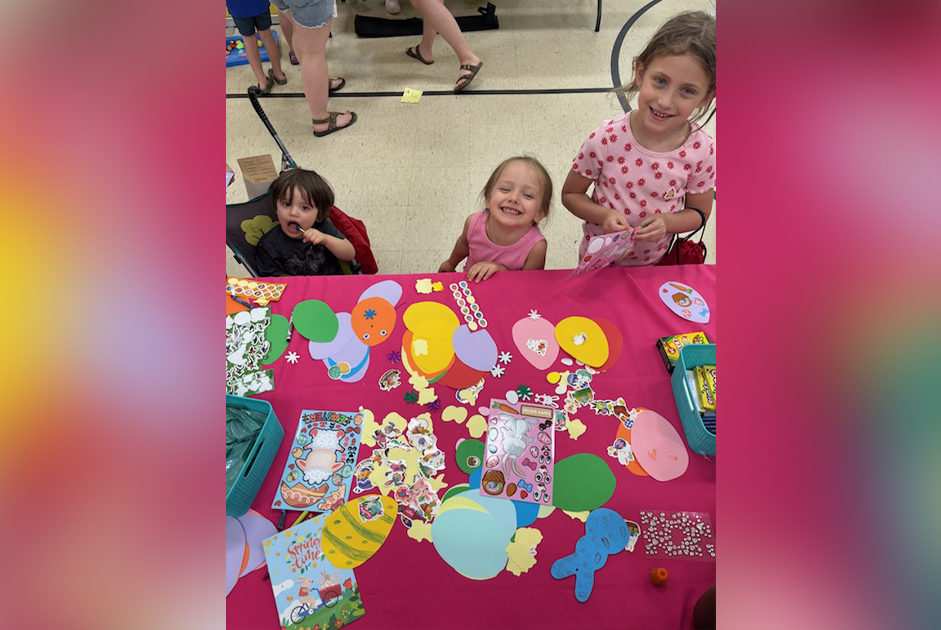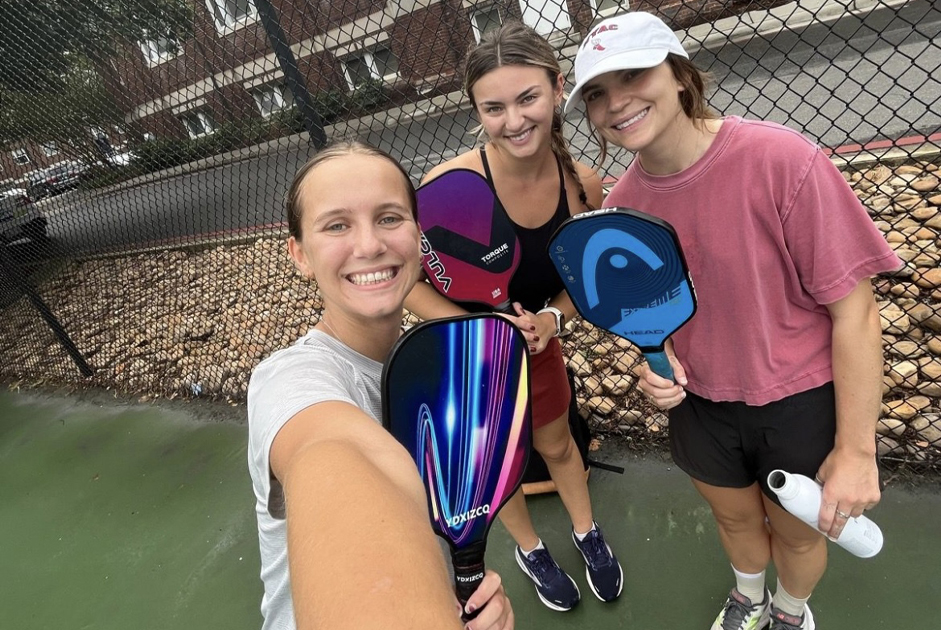I have always had a soft spot for tiny towns, which may seem strange, perhaps, for someone who grew up in large metropolitan areas like Toronto and Los Angeles. When a friend mentioned that a city named Bethania, close to her home in Winston-Salem, only had a population of approximately 341 people, I knew I had to stop by. What I saw there, as they say in the old country western tune, had me at hello.
Bethania is steeped in history and natural beauty, and gives you an eerie sense that you are stepping back in time and experiencing the past. Established in 1759 as a farming community by Moravians who were Protestant immigrants from what is now the Czech Republic, the city was the first planned Moravian settlement in North Carolina. However, the community allowed both Moravian and non-Moravian settlers into its fold, and formed a community which ultimately included houses, gardens, barns, a church, school, and tradesmen shops. Present-day Bethania encompasses a 500-acre historic district which is strongly reminiscent of a European style agricultural village. For those interested in architecture, it contains many lovely 18th and 19th century homes and properties that are proudly listed on the National Register of Historic Places.
The starting place for exploration of Bethania should be the Visitors Center located at 5393 Horton Lane. Friendly people there will apprise you of the sights to take in and inform you of the city’s history. Numerous historic markers in Bethania also furnish useful historical information such as the fact that on February 9, 1781, during the American Revolution, Lord Cornwallis’ British Army occupied the town. Some of his soldiers actually ended up moving into Moravian homes and taking provisions from their flustered inhabitants. While at the Center, my Civil War historian son who was in tow with me on our visit, was delighted to find out that in 1865 Union General George Stoneman marched his army right through the middle of tiny Bethania (an event known as Stoneman’s Raid) but remarkably left it intact, a fact for which, a local diarist wrote, the townspeople were most grateful.
Next door to the Visitors Center is the Wolff-Moser Museum House which dates back to approximately 1792. The restored 18th century building was relocated to its current site and contains authentic early 19th century furnishings in its hand-hewn structure replete with brick nogging. The House is indeed a microcosm of the profound Moravian influence so visible in this tiny town. Touring the home gives you a great sense of how our predecessors lived and the challenges that they faced, although clearly with gumption and determination. History is on display here, and we were grateful to grow our understanding of how values shaped the community and how proud they might have been to know that Historic Bethania exists as the only remaining independent, continuously active Moravian village in the Southern United States.
Be sure to see the Alpha Chapel, a historic building, now used as the town’s meeting hall. Although it never actually developed into a church, it was transferred in 1955 to a local farm where it accommodated the expansion of the Mizpah Moravian Church. In 2001, the Chapel was relocated to its current site where it graces the area with its lofty architectural beauty and sovereign touch. I’ve heard tell that there are ghost stories associated with the Chapel, but no spirits made their presence known when we were there.
Across the street from the Visitors Center and Wolff-Moser Museum House is the Bethania Mill and Village Shoppes, just in case you find yourself in need of a bit of retail therapy. The Shoppes are located in a converted old seed mill and include a place to grab some lunch if you’re hungry. Nearby an antique shop beckons you to explore and a music shop, if you hit it on an auspicious day, has live concerts to entertain unsuspecting passersby. If you have the good luck as we did to be visiting in September, you can experience the Black Walnut Festival where folks in historic garb will be on site purveying their wares and artistic goods, and musicians will fill the air with lovely melodies and sounds.
And last but not least, be sure not to miss the four beautiful trails in Bethania that run through conservancy forests and preserved farmlands. For the faint of heart or body, there is an option to traverse a short .7 mile trail while the more physically hardy souls can opt to walk the lengthier 1.5 mile trail.
Bethania is a small gem of a city, heavy with history and gorgeous ambiance, which is a must to experience, and can be enjoyed in the span of a short day trip easily and with enthusiasm.



















